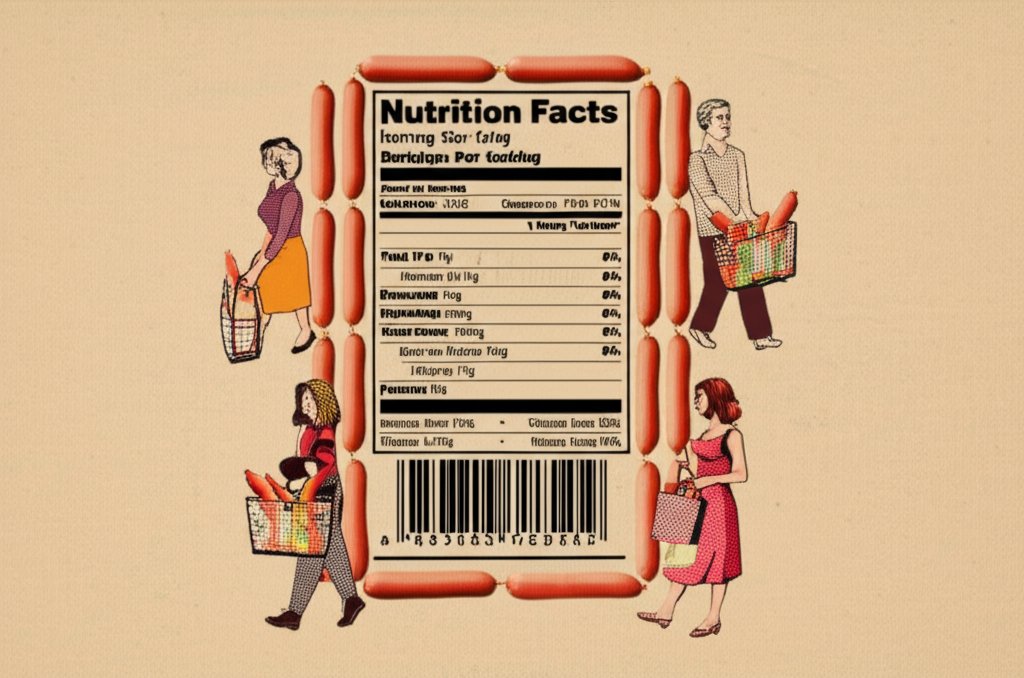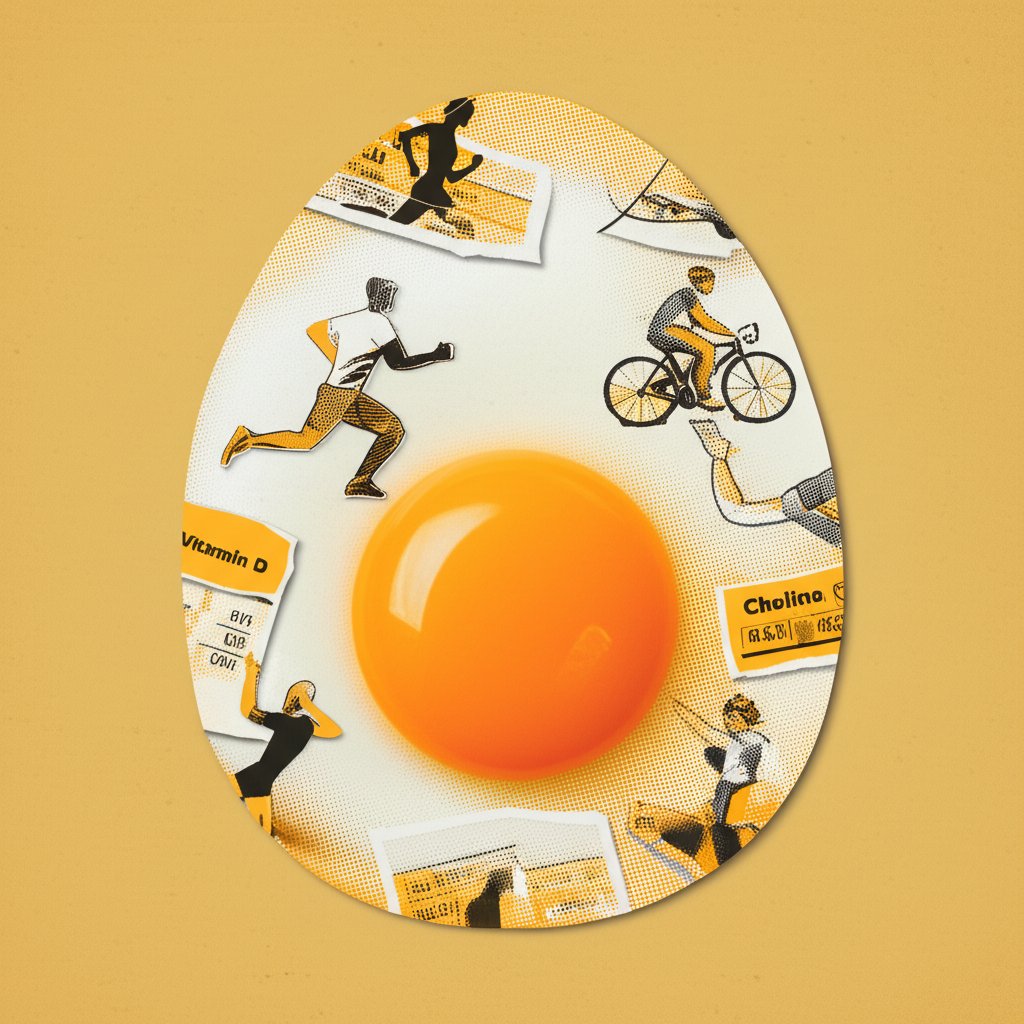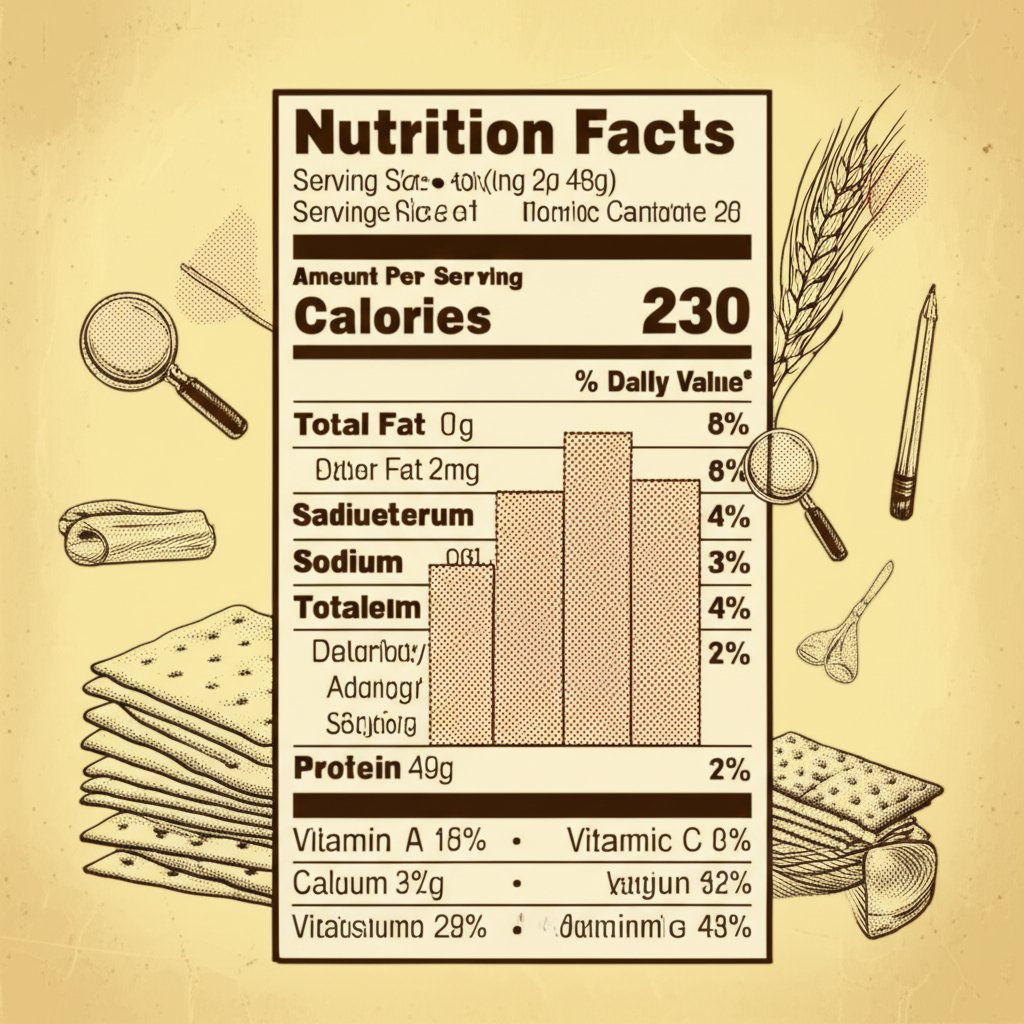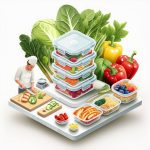Got a stomach bug? Feeling nauseous? Reaching for those familiar blue sleeves of saltine crackers might seem like the most soothing option. But what about the saltine crackers nutrition facts? Are they truly a good choice, or just a comforting illusion? Let’s dive into the nutritional profile of this pantry staple and see if it holds up under scrutiny.
At a glance:
- Saltine crackers are low in calories per cracker, but those calories add up quickly.
- They’re primarily carbohydrates with minimal protein and fiber.
- Their high sodium content can be a concern for some.
- While they can be helpful for nausea, they shouldn’t be a dietary staple.
- There are healthier alternatives available.
The Basic Saltine Crackers Nutrition Facts Breakdown
Let’s face it, saltine crackers aren’t exactly a nutritional powerhouse. Here’s a detailed look at what you’re getting in a typical serving (around 3 crackers, or 15 grams):
- Calories: 59
- Total Fat: 2g
- Saturated Fat: 0g
- Trans Fat: –
- Monounsaturated fats: 0g
- Polyunsaturated fats: 0.5g
- Cholesterol: 0mg
- Sodium: 150mg
- Total Carbohydrates: 12g
- Dietary Fiber: 0g
- Sugar: –
- Protein: 1g
- Calcium: 0mg
- Iron: 0.3mg
- Potassium: 15mg
- Vitamin D: –
Looking at these numbers, it’s clear that saltine crackers are primarily a source of carbohydrates. They offer very little in the way of protein, fiber, healthy fats, vitamins, or minerals. So, what does this mean for your health?
The Carb Conundrum: Simple vs. Complex
Saltine crackers fall into the category of simple carbohydrates. This means they’re quickly digested and can lead to a rapid spike in blood sugar levels. While this can be helpful in certain situations (like needing a quick energy boost), it’s generally not ideal for sustained energy or blood sugar control. The glycemic index of saltine crackers is 74, which is considered high, though the glycemic load is a more manageable 9.
Consider this: our bodies need carbohydrates for energy, but choosing complex carbohydrates (like those found in whole grains, fruits, and vegetables) provides a slower, more sustained release of energy, along with valuable fiber, vitamins, and minerals. Sausage Links: Nutrition Breakdown shows the macronutrient differences compared to processed foods like saltines.
Sodium: A Salty Situation
One of the biggest concerns with saltine crackers is their high sodium content. A single serving (3 crackers) contains 150mg of sodium, which is a significant portion of the recommended daily intake (less than 2,300mg per day). While sodium is essential for bodily functions, excessive intake can contribute to high blood pressure and other health problems.
If you’re watching your sodium intake, it’s crucial to be mindful of how many saltine crackers you’re consuming. Look for low-sodium varieties, but be aware that these may still contain a considerable amount of sodium. Check the label!
Fiber: The Missing Piece

Fiber is a crucial nutrient for digestive health, blood sugar control, and feelings of fullness. Unfortunately, saltine crackers are virtually devoid of fiber. This means they won’t keep you feeling satisfied for long and can contribute to constipation if consumed in excess without adequate fiber from other sources.
Why We Crave Them: Comfort and Blandness
So, why do we reach for saltine crackers when we’re feeling under the weather? There are a few reasons:
- Blandness: Their mild flavor is easy on the stomach, especially when dealing with nausea or digestive upset.
- Dryness: The dry texture can help absorb excess stomach acid and ease nausea.
- Comfort: For many, saltine crackers evoke childhood memories and feelings of comfort. It’s a familiar food that provides a sense of security.
However, it’s essential to distinguish between temporary relief and long-term nutritional needs. Saltines can be a useful tool for managing specific symptoms, but they shouldn’t be a regular part of your diet.
Saltine Crackers and Nausea: A Temporary Fix
Saltine crackers are often recommended for managing nausea, particularly during pregnancy or after stomach bugs. Their blandness and dryness can help settle the stomach and reduce feelings of queasiness and some people find that snacking on saltines first thing in the morning helps with morning sickness.
However, it’s important to remember that saltine crackers only provide temporary relief. They don’t address the underlying cause of the nausea and shouldn’t be relied upon as a long-term solution. If you’re experiencing persistent nausea, it’s crucial to consult with a healthcare professional.
Who Should Be Cautious?
While the occasional saltine cracker might not be harmful for most people, certain individuals should exercise caution:
- People with high blood pressure: The high sodium content can exacerbate hypertension.
- People with diabetes or insulin resistance: The simple carbohydrates can lead to blood sugar spikes.
- People with gluten sensitivity or celiac disease: Traditional saltine crackers contain wheat flour (gluten). Look for gluten-free alternatives.
- People watching their weight: The calories in saltine crackers can add up quickly, especially considering their lack of satiety.
Healthier Alternatives to Saltine Crackers

If you’re looking for a healthier alternative to saltine crackers, consider these options:
- Whole-grain crackers: Choose crackers made with whole grains like whole wheat, rye, or oats. Look for options with higher fiber content.
- Rice cakes: These are low in calories and can be topped with healthy spreads like avocado or hummus.
- Vegetable sticks: Carrot sticks, celery sticks, or cucumber slices offer fiber, vitamins, and minerals.
- Gluten-free crackers: If you have gluten sensitivity, there are many gluten-free cracker options available made from rice, almond flour, or other gluten-free ingredients.
- Oatmeal: For a warm, comforting, and fiber-rich option. Scrambled Eggs: Nutrition Breakdown offers a nutritious comparison for an easy breakfast.
Saltine Crackers: Are They Ever a Good Choice?
Despite their nutritional shortcomings, there are situations where saltine crackers can be a reasonable choice:
- During nausea: As mentioned earlier, they can provide temporary relief.
- As a vehicle for healthy toppings: Use them as a base for avocado, hummus, or nut butter to add healthy fats and fiber.
- In small amounts as part of a balanced meal: Don’t let them be the main focus. Pair them with protein and vegetables.
- When you need a quick, easily digestible snack: If you’re short on time and need something simple, a few saltine crackers are better than skipping a meal altogether.
However, remember that these are exceptions, not the rule. Prioritize nutrient-dense foods whenever possible.
Debunking Common Myths About Saltine Crackers
Let’s clear up some common misconceptions:
- Myth: Saltine crackers are a good source of vitamins and minerals.
- Reality: They offer very few vitamins and minerals.
- Myth: Saltine crackers are a healthy snack.
- Reality: They’re primarily carbohydrates with minimal nutritional value.
- Myth: Saltine crackers are low in sodium.
- Reality: They’re relatively high in sodium.
- Myth: Saltine crackers are a good source of fiber.
- Reality: They’re virtually devoid of fiber.
Making Informed Choices: Reading the Label
When choosing saltine crackers (or any food product), it’s essential to read the nutrition label carefully. Pay attention to:
- Serving size: This is the amount of food the nutrition information is based on.
- Calories: This tells you how much energy you’re getting from the food.
- Total fat: Look for options with lower saturated and trans fats.
- Sodium: Choose options with lower sodium content, especially if you’re watching your salt intake.
- Total carbohydrates: Be mindful of the amount of simple carbohydrates.
- Dietary fiber: Look for options with higher fiber content.
- Protein: This is important for satiety and muscle building.
- Ingredients list: Look for whole, recognizable ingredients. Avoid products with excessive additives or preservatives.
Saltine Crackers Nutrition Facts: The Final Verdict
Saltine crackers are a convenient and comforting food, but they’re not a nutritional powerhouse. They can be helpful for managing nausea or as a vehicle for healthy toppings, but they shouldn’t be a dietary staple. By understanding the saltine crackers nutrition facts and making informed choices, you can enjoy them in moderation as part of a balanced diet.
Instead of relying on saltines for everyday snacking, focus on incorporating more whole grains, fruits, vegetables, and lean protein into your diet. Your body will thank you!
- Why Glass Boxes for Lunch Are Trending for Meal Prep - December 17, 2025
- Bento Box Glass Offers Practical, Eco-Friendly Meal Storage - December 16, 2025
- The Best Bento Box Price For Your Perfect Packed Lunch - December 15, 2025










